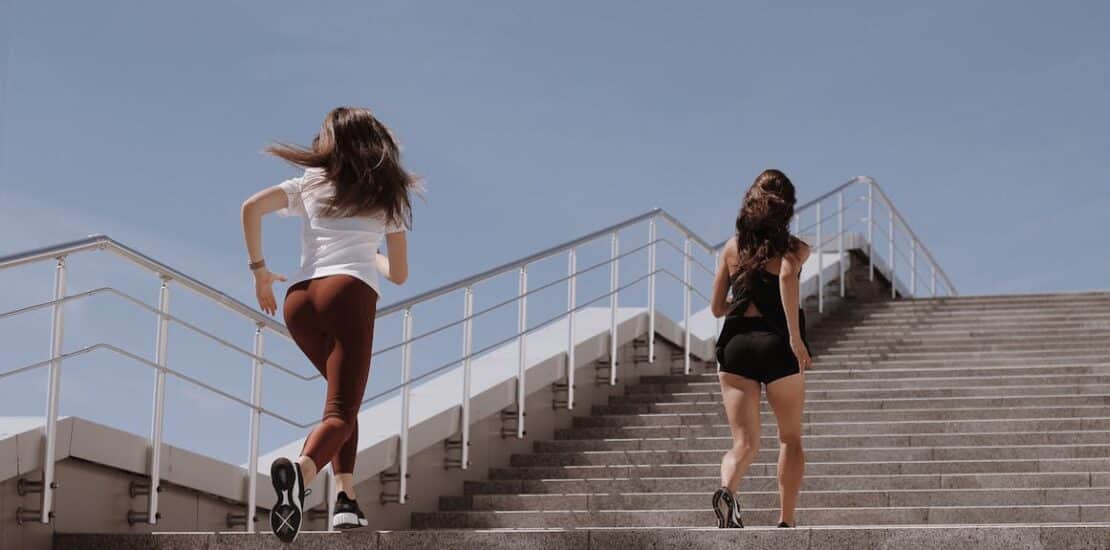- May 10, 2024
- Posted by: Kathryn Orbigozo
- Categories: Knee Injuries, knee pain

Walking, a seemingly simple and effortless activity, can turn into a painful ordeal when knee discomfort enters the picture.
For many, the experience of knee pain while walking is all too familiar, affecting not only their mobility but also their quality of life. Whether it’s a dull ache, sharp twinge, or persistent throbbing, knee pain can significantly impact daily activities and hinder enjoyment of movement.
Runner’s knee, known medically as patellofemoral pain syndrome (PFPS), is a prevalent condition that can cause discomfort and limit mobility, particularly during activities like walking and running. Recognizing the signs and symptoms of Runner’s knee is essential for prompt diagnosis and effective management.
Here are the six easy ways to check if you have Runner’s Knee:
-
Pain Behind or Around the Kneecap:
One of the typical symptoms of Runner’s Knee is pain located behind or around the kneecap, also known as the patella. This pain may be dull and achy or sharp and stabbing, and it is often aggravated by activities that involve bending the knee, such as walking, running, squatting, or climbing stairs.
-
Increased Pain with Activity:
Runner’s Knee pain increases with physical activity, especially stress on the knee. Walking, running, jumping, or kneeling can worsen symptoms, causing lasting discomfort.
-
Pain When Descending Stairs or Hills:
Descending stairs or hills can be particularly challenging for those with Runner’s Knee. The repetitive bending of the knee while lowering the body weight can intensify pain and discomfort in the kneecap region. Individuals may notice a sharp increase in pain with each step down.
-
Swelling or Tenderness Around the Knee:
Swelling or tenderness around the knee joint is another common indicator of Runner’s Knee. The area around the patella may feel tender to the touch, and visible swelling or puffiness may be present, especially after physical activity or prolonged periods of sitting with bent knees.
-
Crackling or Popping Sensation:
Some individuals with Runner’s Knee may experience a crackling or popping sensation, known as crepitus, when moving the knee joint. This sensation may occur with bending or straightening the knee and is often accompanied by pain or discomfort.
-
Gradual Onset of Symptoms:
Runner’s knee typically develops gradually over time, rather than as a sudden onset of pain. Individuals may notice a gradual increase in discomfort with repetitive activities, which worsens over weeks or months. It’s essential to pay attention to these subtle changes and seek evaluation if symptoms persist or worsen.
Conclusion:
Identifying the signs and symptoms of Runner’s knee
If you suspect you may have Runner’s Knee or are experiencing persistent knee pain, visit our Book Online page now to schedule a consultation and get personalized treatment recommendations from our physiotherapists. Same-day appointments with our physiotherapist are often available.
Remember, early intervention is key to getting back on track to pain-free movement and enjoying the activities you love.
